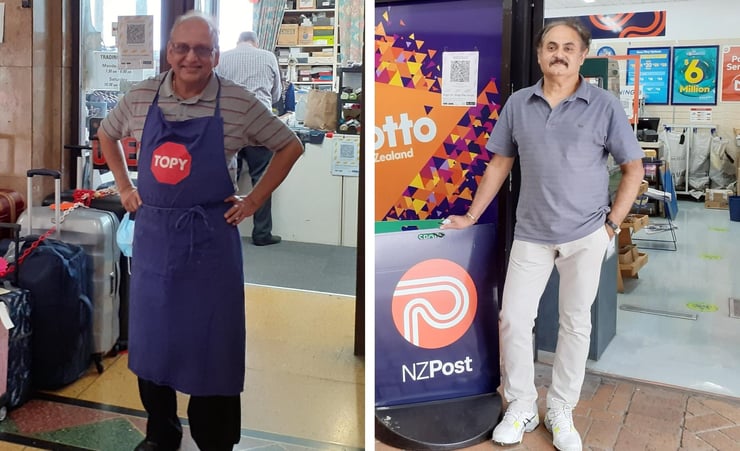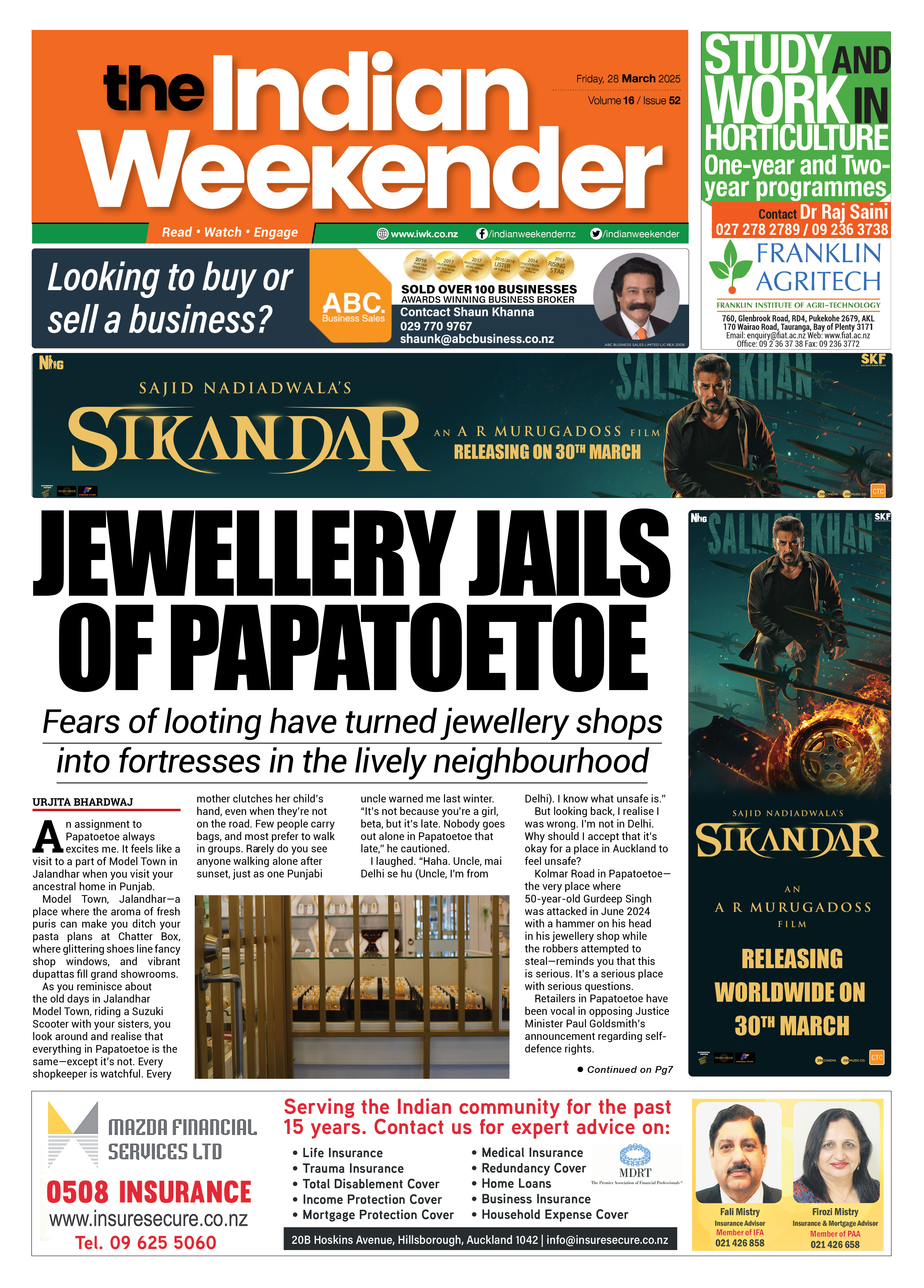Little relief for central Wellington businesses

The joint move by the Wellington City Council and the government to raise a $1.2 million bail-out package for businesses in central Wellington has come under fire. The relief fund, aimed at businesses that were impacted by the occupation of the Parliament grounds by protestors in March, fails to address the damage done to businesses falling outside the Parliament precincts, say critics.
The City Council is adding $ 1 million to the government’s contribution of $ 200,000 to offset revenue losses suffered by businesses during the 23-day-long protest.
Businesses that experienced a reduction in revenue of 50 per cent or more from 6 February 2022 to 2 March 2022 are eligible to apply. The relief is capped at a maximum of $ 30,000 as a one-off payment to every eligible business.
But Retail NZ chief executive Greg Harford faults the relief fund for targeting those businesses operating close to Parliament and leaving out others located throughout the city. Concerns have also been raised over whether the one-off payment of $ 30,000 would be enough for an effected business to recover or compensate its revenue loss.
The joint relief package comes close on the heels of an earlier Covid support scheme launched by the Council to help businesses cope in the wake of the Omicron outbreak.
“These businesses are essential to the vitality of our city. We want them to survive and be here when workers, residents and visitors return in decent numbers once again,” Mayor Andy Foster told local media.
But foot traffic in the business district is yet to pick up. For retail outlets, the wait for customer flow to return to normal is proving to be long and agonising. The stores at the arcade on Molesworth Street, across the road from Parliament, are largely empty of customers.

“This is usually the peak time for us,” says Sunil Gandhi, looking at his watch, which shows 4 pm. “But nobody is coming to my shop.” Gandhi, who runs a convenience cum Lotto and NZ Post outlet at the arcade, says the road closures and police cordons around Parliament during the protest choked the customer flow to his shop. A large part of Gandhi’s customer base is drawn from the government offices located in the building, including high-visibility entities such as New Zealand Rugby. With office goers mostly working from home, Gandhi and other business owners like him find themselves left in the lurch. He estimates his revenue loss is upward of the 50 percent cut-off figure and will definitely be “filling out the forms” to avail of the relief.
Across the hallway, the Everest Chullo cafeteria has a “closed” sign pasted on its glass entrance door. Its Nepali-origin owner rues his Himalayan blunder of opening his outlet in December, just months prior to the occupation of the Parliament grounds by the protesters. The café is yet to reopen.
But just across the street, the tiny Coffix kiosk is doing brisk business, with passers by dropping in for a quick stand-up coffee. But that was not the case when the protest was in full swing. “The barricades kept customers away,” recalls Drew , who mans the coffee counter.
The criterion of providing proof of 50 per cent revenue loss has kept some business owners out of consideration for relief.
Babu Chauhan, who owns the Lesvos store at the Wellington Railway Station, pegs his dip in revenue at 30 percent and is, therefore, not eligible for relief. But he is not disappointed, having been a beneficiary of the Council’s Covid relief fund. Chauhan, who opened his leather goods store at the entrance to the railway station some 24 years ago, retained the original name of the shop from its previous Greek owners.
Though the protestors are long gone and the lawns are being freshly grassed, for businesses around Parliament that are struggling to cope, the grass is not so green.





